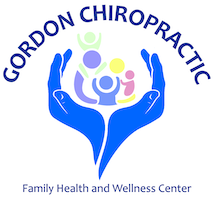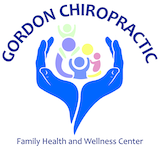Chiropractic Information
A detailed Look At Chiropractic Cost Effectiveness
Childbirth and Infant Subluxation
Chiropractic Care and Children
Chiropractic History
Chiropractic History Part 2 : The Palmer Family
Chiropractic Oath
Chiropractic Research
Common Terms used by Chiropractors
Phases of Care
Reasons to Choose Chiropractic Care
Reasons to Continue Chiropractic Care
Spinal Anatomy
Spinal Care
Symptoms
Vertebral Subluxation Complex Chart
Vertebral Subluxation Complex
Vertebral Subluxation Complex - flash animation describing how Subluxations affect your health
Wellness
What is a Subluxation?
Story of Masha and Dasha - showing the importance of spinal health.
What is an Adjustment?
What is Chiropractic?
Your Nerve System
Your Posture
Pictures of DD Park in Port Perry
Chiropractic Research from the ICPA
Frequently Asked Questions
- Is Chiropractic Care Safe?
How Long Will I Need Chiropractic Care?
Is Chiropractic Care covered by Insurance?
Dispelling the Myths
What is Chiropractic?
What do Doctors of Chiropractic do?
What Type of Education do Doctors of Chiropractic get?
What is an Adjustment?
Do I Have a Pinched Nerve?
Do I Have a Slipped Disc?
Are All Patients Adjusted the Same Way?
Can I Adjust Myself?
What Can I do to Help My Healing?
Do Children Need To Be Adjusted?
Can I Be Too Old For A Chiropractic Adjustment?
Why do I need to be adjusted, I feel fine
Why do I need to be adjusted so often?

